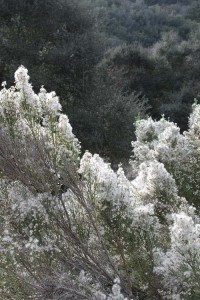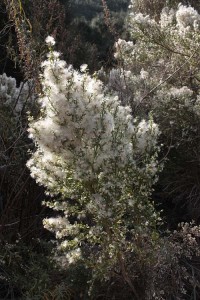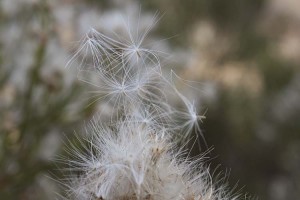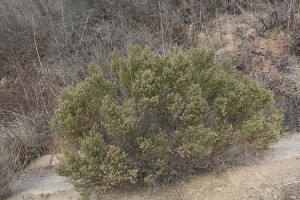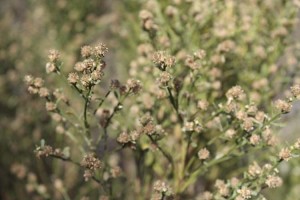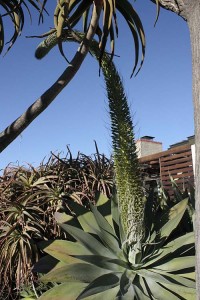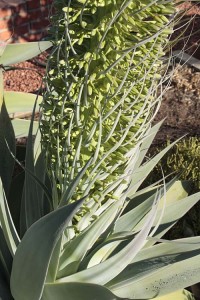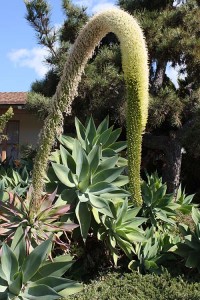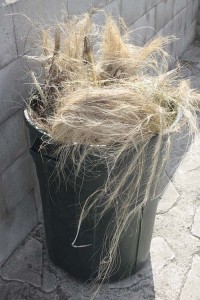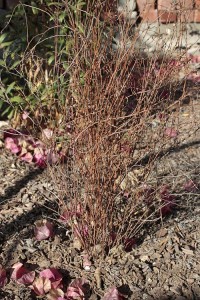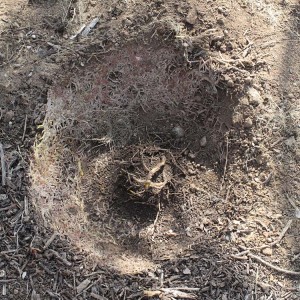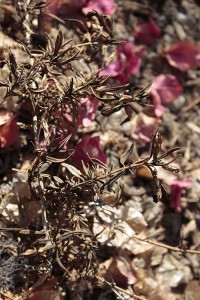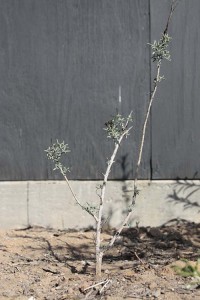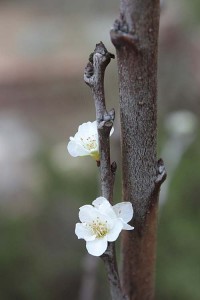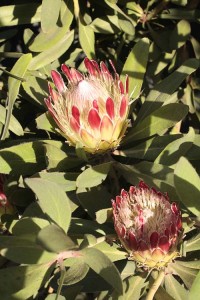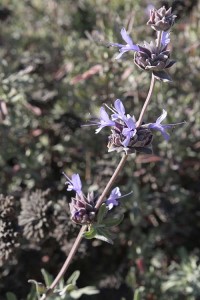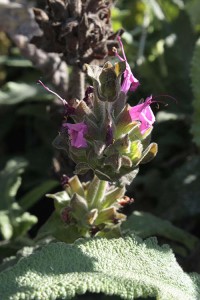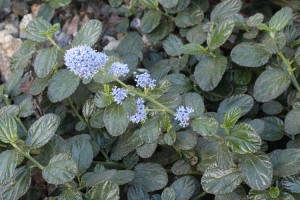This has been one of the most spectacular years I can remember for coyote bush brush, Baccharis pilularis.
With many plants still dormant from a long season with no rain, the perky green baccharis with their over the top heads of white seeds stand out. They look especially amazing with the sun behind them, lighting up the masses of seed.
Here’s a closeup of a stem swarming with seeds…
…looking closer…
…and closer still. You can see here that the seeds are attached to the white parachutes that give the plants their white color this time of year in the wilds. These photos were taken in Tecolote Canyon, a few blocks from my house, this past Friday, one day before our first measurable rainfall in 164 days knocked many of these seeds off the plants.
Coyote bush brush is sometimes used in native gardens, occasionally in this upright form, but more often in its prostrate Central California coastal form. The selections ‘Pigeon Point’ and ‘Twin Peaks’ are fairly popular. But if you grow the these selections you’ll find that only male plants are used horticulturally, meaning you’ll miss out on this display of seed heads that can begin in late summer and last until the winds and rains disperse them.
For contrast, this is a boy coyote bush brush, sturdy and green with no supplemental water here near the coast. The buckwheats and sage and sagebrush have all retreated to their dormant gray late summer coloration all around him.
And a closeup of his dried flowers. Nothing nearly so spectacular as his sisters this time of year. But he’s got one advantage in that he’s not filling the air with parachutes of seed blowing everywhere like his messy sisters.
Male or female, coyote bush brush plays host to more interesting beneficial local bugs than you’ll see on almost any other plant. I’ll be starting some of these from seed this year in hopes of getting one of these spectacularly messy female plants. Down-wind four houses from me is the canyon, so seed dispersal shouldn’t be a problem.
For further reading: In Praise of Baccharis pilularis, at Town Mouse and Country Mouse.

